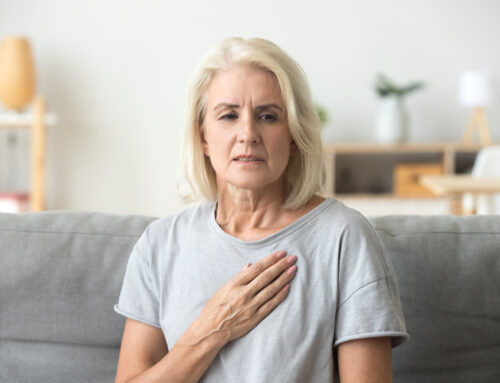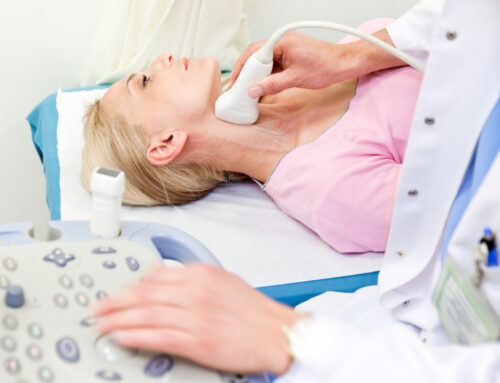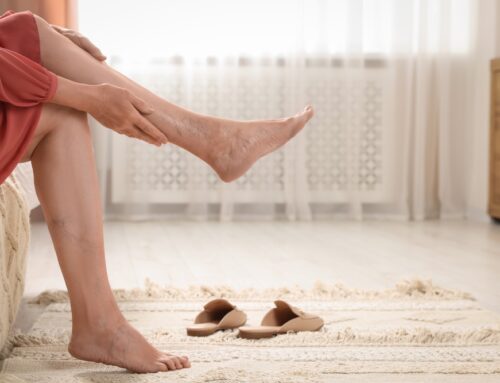Heat & Cold’s Impact on Varicose Veins
Varicose veins are enlarged blue-purple veins that appear twisted. Most commonly, people have varicose veins on their legs, calves, and feet. Varicose veins happen when the valves in your veins become weak and cannot push blood back up to the heart effectively. As a result, the blood pools and enlarges blood veins.
Millions of adults in the U.S. struggle with varicose vein health issues on a daily basis. Fortunately, this common condition is considered largely cosmetic and usually has little to no physical side effects.
However, patients affected by varicose veins can still suffer from mild discomfort in the legs, especially when aggravated by environmental factors.
Heat and cold can exacerbate common symptoms of pain and discomfort associated with varicose veins:
- Achy, heavy-feeling legs
- Muscle cramps
- Burning and throbbing
- Swelling around ankles and calves
- General discomfort around varicose veins
So it’s essential to learn how to take care of your varicose veins for optimal pain relief. Today we will talk about an important factor that may affect your varicose veins: temperature.
Today we will talk about an important factor that may affect your varicose veins: temperature. Read below to find out how heat and cold can impact your varicose veins.
Heat And Varicose Veins
Generally speaking, patients with varicose veins quickly find that heat is not their friend. Although we’re used to hearing about using heating pads for injuries and sprains, this does not hold true for varicose veins.
Simply put, heat has a dilatory effect on veins (aka causes them to widen and fill with even more blood). As you can imagine, stretching and filling a varicose vein with even more blood only aggravates pre-existing symptoms. For example, your legs may feel more swollen or uncomfortable than usual.
Veins widening and filling with even more blood can put extra pressure on vein walls and valves. This stress can permanently damage them, stretching veins and damaging valve functionality.
Although these symptoms will be largely temporary – i.e., for as long as you’re exposed to increased heat, they can still be uncomfortable.
Avoiding Heat
The best thing to avoid aggravating symptoms is to simply avoid excessive heat. This recommendation may seem particularly difficult during the summer, but staying indoors, using air conditioning, and cold baths may be helpful.
Warm summer days aside, however, there are other daily activities that can aggravate varicose veins as well. For example, hot baths, jacuzzis, and saunas are all possible culprits that can worsen varicose symptoms. Avoiding these may help manage varicose vein discomfort to some extent as well.
Home Remedies For Varicose Veins
For occasions when it is simply not possible to avoid the heat, there are a few ways to help manage the cosmetic appearance of varicose veins and some of the accompanying discomfort. Keep in mind, however, that these are not permanent solutions. The only way to permanently get rid of varicose veins is through medical intervention.
How to help varicose veins daily:
Drink plenty of water and eat a healthy diet.
Staying hydrated can help keep your blood circulation healthy. Furthermore, your overall diet can help with varicose vein pain relief. For a healthy diet, avoid eating foods high in salt, as salt increases water retention and can make swelling worse. Eat foods high in potassium to reduce water retention and swelling, in addition to fruits and vegetables that are high in vitamins C, K, B, and E.
Exercise.
Aside from keeping your body overall healthy, exercise can also help keep your blood circulating at a healthy pace. So don’t forget to take a break every once in a while to get your blood flowing. Thankfully, there are several options for home exercises that provide pain relief for varicose veins. Here are some low-impact exercises you can try at home:
- Walking
- Jogging
- Swimming
- Biking or cycling
- Yoga or pilates
Try makeup or sunless self-tanning lotions.
Although makeup may have no effect on physical health, it is helpful in covering up the cosmetic effects of varicose veins. Please keep in mind that further heat or tanning beds may aggravate symptoms, however, so it’s usually best to stay away from those.
Wear compression stockings or socks.
The extra compression may help provide some support for your veins and facilitate healthier blood flow. Compression stockings can be a preventative measure to combat varicose vein pain before it starts. Regularly wearing compression stockings may help slow down the formation of new varicose veins as well.
Pain Relief for Varicose Veins
To alleviate discomfort associated with varicose veins, consider, using ice packs (sparingly) and take cold showers. Ice and cold temperatures cause blood vessels and veins to shrink, which can bring down swelling. Furthermore, cold pushes blood back toward the heart. So, ice and cold have the opposite effect of heat and can relieve varicose vein discomfort. However, too much cold can also be a bad thing. Use ice packs for 10 to 20 minutes at a time every couple of hours, and only use cryotherapy if recommended by your doctor.
In addition to using ice, elevating your legs helps treat varicose veins in the legs. This practice, which can be done at home, helps improve blood circulation. When blood flows freely, inflammation and mild swelling may go down more easily. Since leg elevation is easy and can be done at home, it is a great way to relieve varicose vein pain. Start by elevating your legs in 15-minute intervals.
Heating Pad For Varicose Veins
As explained above, heat is not helpful when it comes to treating varicose veins. So although traditional home remedies may often recommend a heating pad, try to resist this. Instead, opt for an ice pack wrapped in a thin towel.
Cold And Varicose Veins
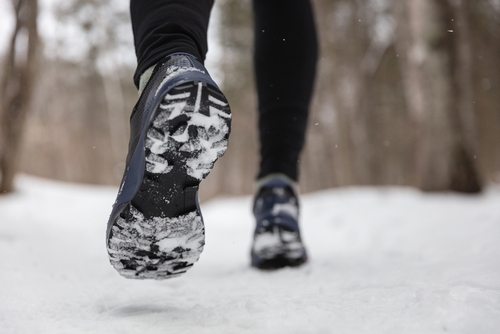
Fortunately, unlike heat, cool temperatures can help ease the symptoms of varicose veins. The cold has the inverse effect of warmth, in that it shrinks veins and helps push blood back up to the heart. As the blood leaves your varicose veins, it allows the swelling to go down and reduces discomfort in the legs.
It’s important to note that extremely cold temperatures can still be harmful, so it’s always best to use caution. Make sure to consult with your doctor if you plan on trying out procedures such as cryotherapy.
Furthermore, although winter may feel a lot better on your legs, it’s important to be aware of your habits during the winter months. Maintaining light exercise and movement is imperative to decreasing your chances of developing further varicose veins. So don’t skimp on your workouts just because it’s chilly outside!
Varicose Veins FAQ
What Are Varicose Veins?
Varicose veins are veins that have dilated and enlarged, overfilling with blood and become misshapen. These veins will typically appear bulging or twisted, and purplish or bluish in color.
Varicose veins typically occur when the valves within your veins malfunction. Since valves are what push blood in the right direction, this results in pockets of pooling blood. The blood then strains against your vein walls, resulting in that visible bluish-purple hue.
Does a Heating Pad Help Varicose Veins?
No. Try to avoid excess heat when managing varicose veins. Heat expands veins and can make swelling and pain worse.
Does Ice Help Varicose Veins?
Ice can help with pain relief caused by varicose veins. As mentioned earlier, heat can widen your veins and increase blood flow, causing further discomfort in the legs. So, wrapping some ice in a towel and applying it to the legs is a much better choice than a heating pad.
How to get relief from varicose vein pain?
There are several at-home treatments for varicose vein pain relief. Some options include drinking plenty of water and eating a healthy diet, regular exercise, compression stockings, elevating your legs, and using ice packs. Though, at-home pain relief is temporary. So, can you get rid of varicose veins altogether? Yes. For a permanent solution, look into treating your varicose veins at a treatment center.
How To Get Rid Of Varicose Veins?
The only way to get rid of varicose veins permanently is through medical intervention. For example, sclerotherapy treatment and venous ablation are two very common treatment options. Here at VeinSolutions™, we offer both of these treatments, as well as venous ultrasounds and FREE consultations.
Here is some general info about your treatment options:
Sclerotherapy
This is a very common treatment for varicose and spider veins. Sclerotherapy is a quick in-office procedure, typically taking less than an hour to perform. During the procedure, a doctor injects a solution into the affected veins. The solution causes the varicose vein walls to swell up and stick together. The damaged vein will be reabsorbed by your body, and blood flow simply reroutes to a healthy vein.
Venous Ablation
Similarly to sclerotherapy treatments, venous ablation also works by forcing a vein to seal up. Unlike sclerotherapy, however, this method uses radiofrequency energy to cauterize the vein. Fortunately, this procedure is a quick one as well, typically performed in under an hour.
Both of these options are minimally invasive, with little to no recovery time required post-procedure. After the office visit, your doctor will give you post-care instructions. Do you still have questions about these treatments? Feel free to schedule a consultation or shoot us an email!
Are Varicose Veins a Serious Problem?
Last but not least, we’d like to stress a few key factors regarding varicose veins. For starters, keep in mind that although varicose veins may be unattractive, they have little to no physical impact on your health.
Having said that, many adults find this condition pesky enough to seek out treatment. If you find yourself in this situation, don’t hesitate to reach out to a vein specialist who can assess your condition.
VeinSolutions™ at Michigan Vascular Center
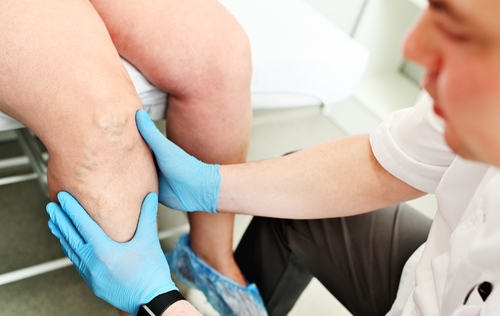
If your varicose veins are negatively impacting the quality of your life, it’s time to take action. Don’t hesitate to reach out to us here at VeinSolutions™. Our vein specialists will be more than happy to perform a FREE consultation. After the consultation, we can talk about recommendations for next steps such as a venous duplex ultrasound for a more detailed examination or what treatment is best for you.
Our clinic offers a variety of cutting-edge treatments such as sclerotherapy, venous ablation, microphlebectomy, and more. We currently have locations in Flint, Michigan, and Lapeer, Michigan. To make an appointment, please feel free to call us at (810) 232-3363 or fill out our online form.
About VeinSolutions™
VeinSolutions™ is proud to be a cornerstone of the medical community in Michigan. We offer not only a team of highly qualified doctors but genuine care and a shoulder to lean on for our patients. We understand how daunting it can be to take the first step to treatment, which is why we do everything we can to make the process as smooth and easy as possible.
Please feel free to reach out with any questions about our practice or services.
Request A Consultation
Give Us A Call:
(810) 232-3363
Give Us A Call:
(810) 232-3363
